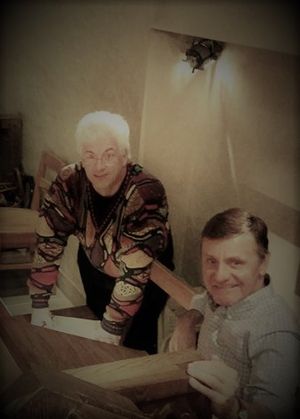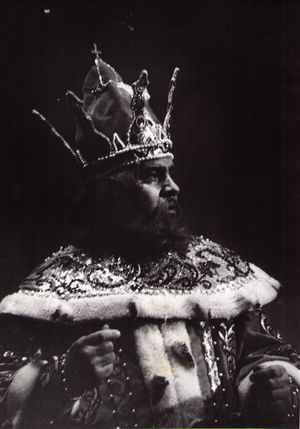Greetings to all.
As you can imagine Sophia and I are incredibly emotional about the unfolding events in the Ukrainian war for peace. For those of you that do not know, Sophia Pavlenko is Ukrainian by birth and citizenship. Her immediate family has remained in Kiev the Capital city throughout the Russian attacks and subsequent retreat. Sophia's friends and family have united to create a indomitable force against aggression, and to date they are very tired and weary, but secure in their commitment to stay in Ukraine.
Sophia and I have been doing all that we can here in the United States to support the people and troops of Ukraine. We want to announce a series of concerts, that can be found on our website, that will serve as fundraisers for Ukraine. We hope that all of you will be able to attend at least one of our concerts. While we know that the money is important, it is also incredibly special when all of you reach out to us and give us your goodwill and strength. Look for more from us in the coming weeks and months as we update you on our connection to the war in Ukraine, and to our efforts to support the people there.
Thank you all for reaching out to us and giving us strength during these trying times!
Paul & Sophia









 As our new concert season approaches this week we wanted to talk to you about the person who has had a tremendous impact on Sophia's artistry and life; her father Stanislov Stephanovich Pavlenko. The picture on this blog is of him as Sultan in Rimsky Korsakov (the opera that has the music in it that is commonly known as the 'Flight of the Bumblebee') Stanislov was born in a small village in Ukraine, and like all Soviet children of the World War II era he suffered during the war. We are fairly certain that his father was killed in the final assault on Hitler's bunker in Berlin and that his mother (Sophia's grandmother) died soon thereafter of malnutrition and deprivation. Stanislov was subsequently raised in Kiev, Ukraine on the banks of the Dnipro River by his aunt Natasha.
As our new concert season approaches this week we wanted to talk to you about the person who has had a tremendous impact on Sophia's artistry and life; her father Stanislov Stephanovich Pavlenko. The picture on this blog is of him as Sultan in Rimsky Korsakov (the opera that has the music in it that is commonly known as the 'Flight of the Bumblebee') Stanislov was born in a small village in Ukraine, and like all Soviet children of the World War II era he suffered during the war. We are fairly certain that his father was killed in the final assault on Hitler's bunker in Berlin and that his mother (Sophia's grandmother) died soon thereafter of malnutrition and deprivation. Stanislov was subsequently raised in Kiev, Ukraine on the banks of the Dnipro River by his aunt Natasha. I always have people ask me about Beethoven and his tempo (metronome) markings. I think they are wrong. You have to remember that the metronome was invented later in Beethoven’s career and that the guy that invented it was a friend of his who wanted him to try it out. The markings are much faster than the modern interpretation of his music…but why would that be? Well. We do not know. Maybe that early metronome was not marked correctly….maybe he was marking them from memory. Maybe he had hired people that did not understand the music to go back and place the marks in and they did it incorrectly. The bottom line is that I am a technical guy. I go into the guts of an instrument and I understand the way that they work from the tuning to the action. The instruments in the time of Beethoven, simply put, were not the top of the line that our professionals play today. So the tempos marked on his music, even by our top artists, would have been hard put to been achieved. So; practically, from my technical side, I think that the music is incorrectly marked.
I always have people ask me about Beethoven and his tempo (metronome) markings. I think they are wrong. You have to remember that the metronome was invented later in Beethoven’s career and that the guy that invented it was a friend of his who wanted him to try it out. The markings are much faster than the modern interpretation of his music…but why would that be? Well. We do not know. Maybe that early metronome was not marked correctly….maybe he was marking them from memory. Maybe he had hired people that did not understand the music to go back and place the marks in and they did it incorrectly. The bottom line is that I am a technical guy. I go into the guts of an instrument and I understand the way that they work from the tuning to the action. The instruments in the time of Beethoven, simply put, were not the top of the line that our professionals play today. So the tempos marked on his music, even by our top artists, would have been hard put to been achieved. So; practically, from my technical side, I think that the music is incorrectly marked.